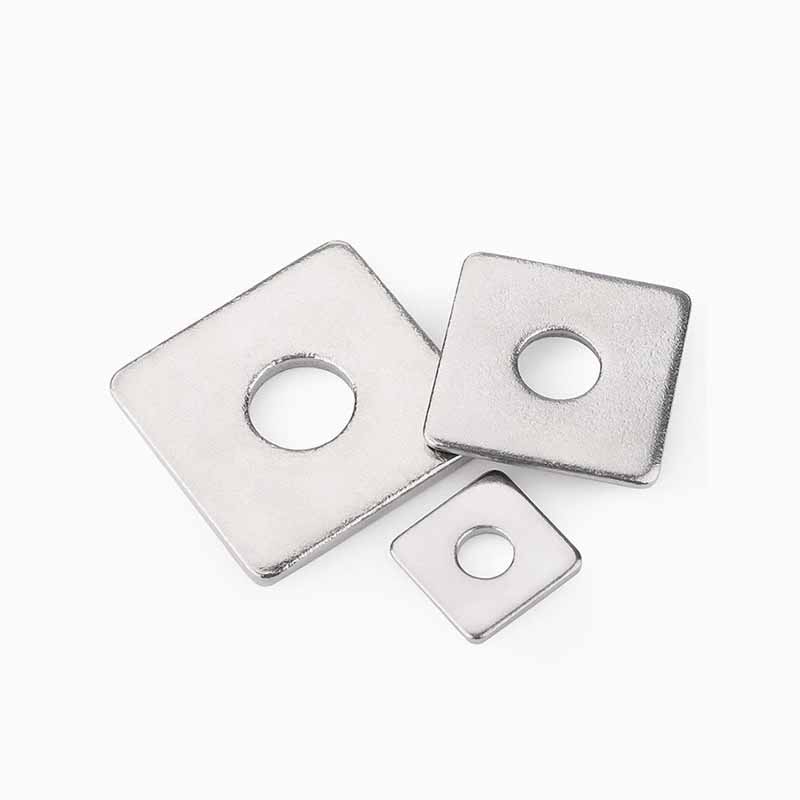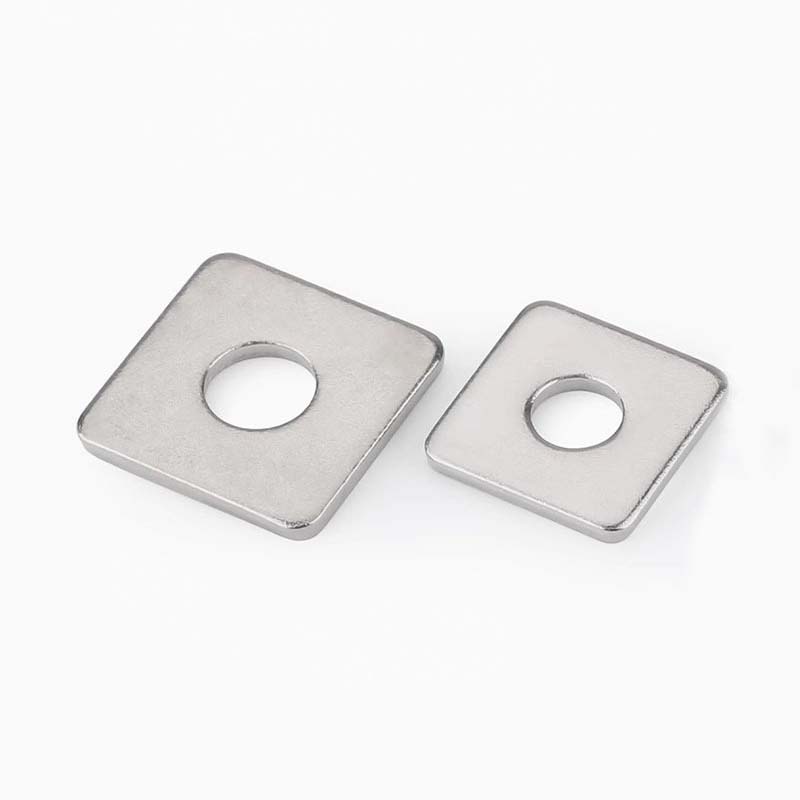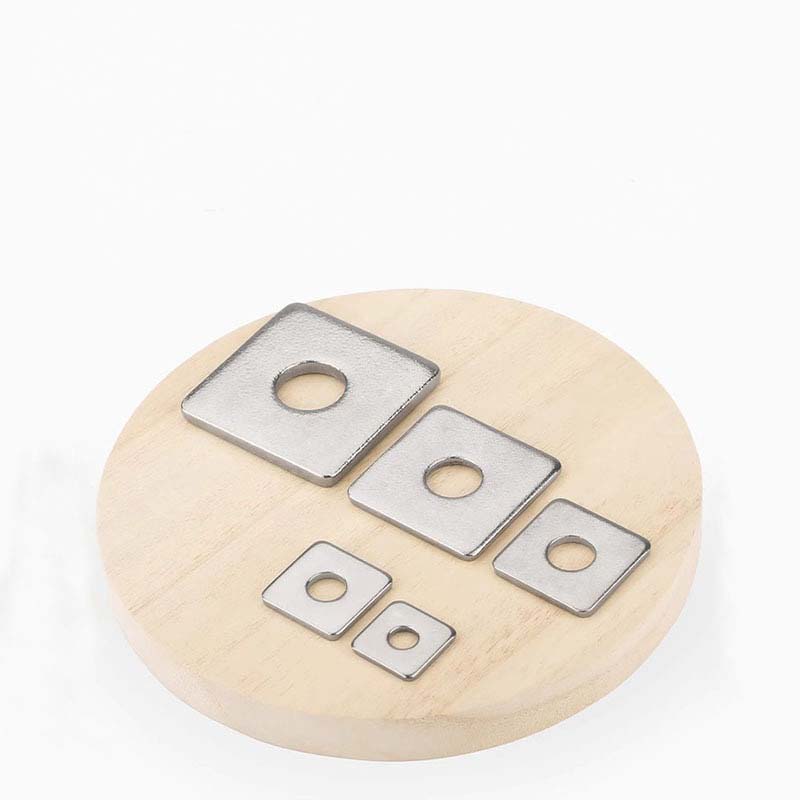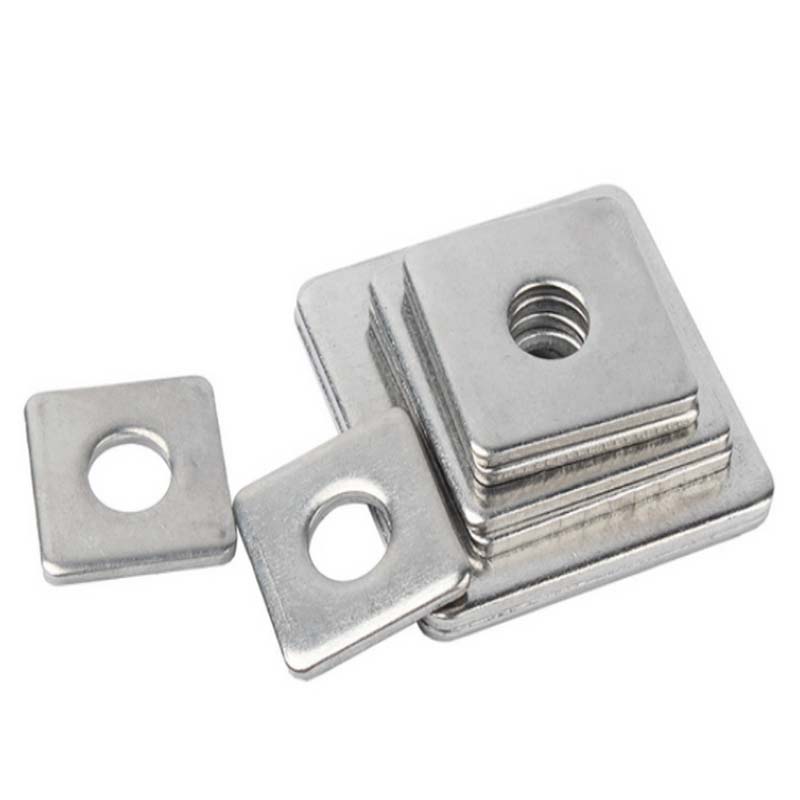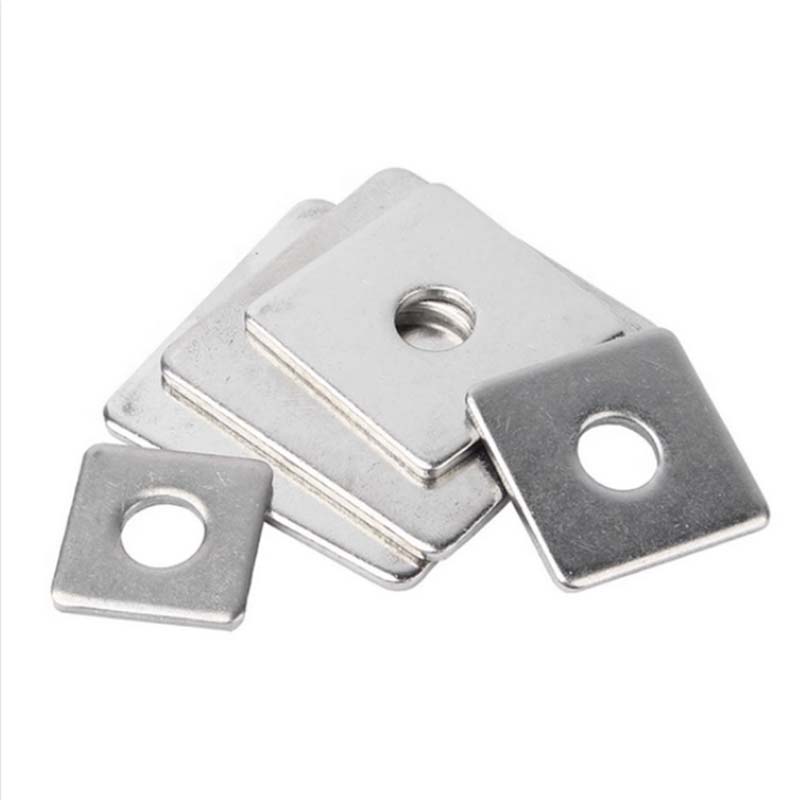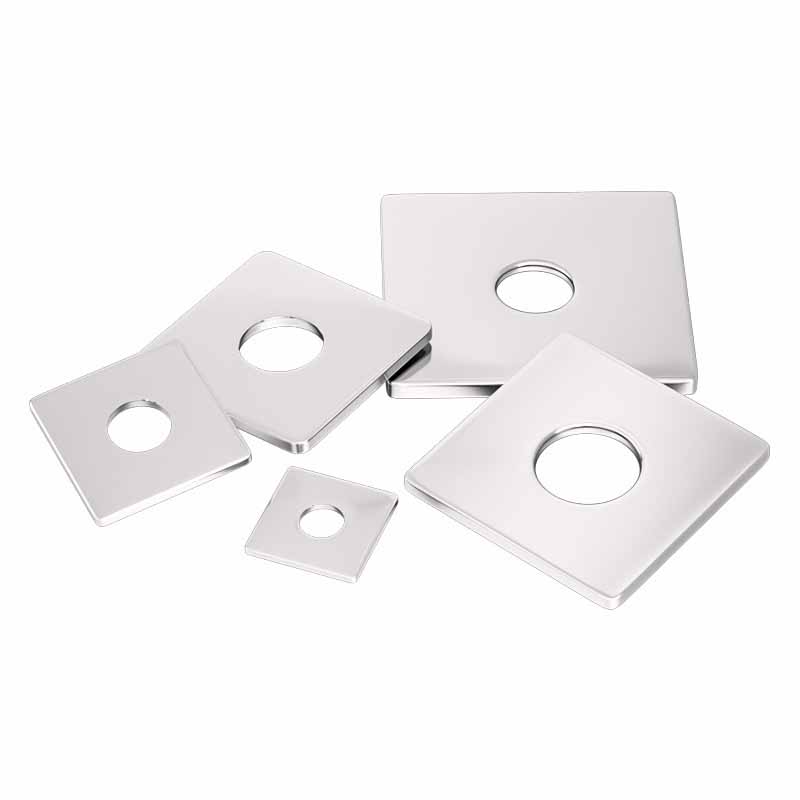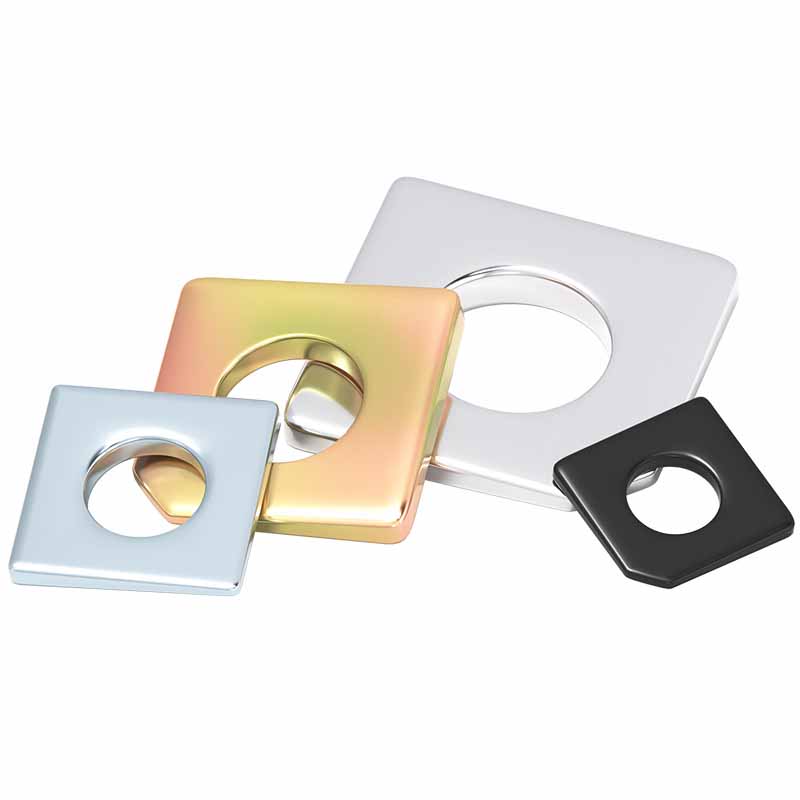Square Angle Washer
Send Inquiry
Square angle washers have square corners and washers with round holes in the middle. They are connected with nuts and bolts to increase the contact surface, disperse the pressure, and prevent scratches on the connection surface. There are many materials to choose from in Xiaoguo® Factory.
Picking the right material for the square angle washer depends on where it’ll be used and how much stress it needs to handle. Carbon steel ones work for everyday use, while stainless steel (like Grade 304 or 316) is best for places where there’s corrosion. Aluminum washers are light, so they’re good for aerospace stuff, and brass ones are used in electrical systems to avoid sparks. When you need to handle heavy loads, go for alloy steel that’s hardened to Rockwell HRC 40–50. Every material makes sure the washer meets the safety standards for its industry.
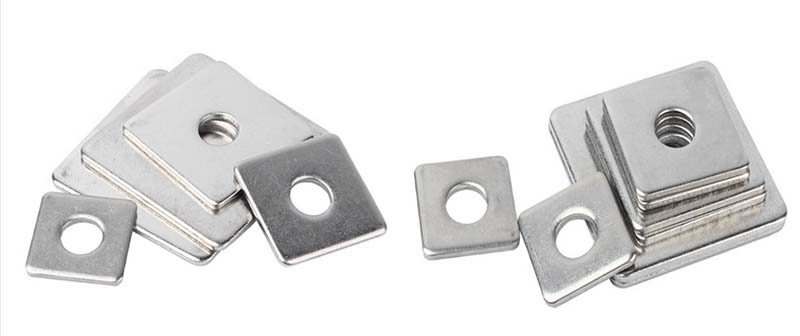
Maintenance
To keep the square angle washer working well, it’s important to check it regularly for shape changes, rust, or wear. Clean the washers with a gentle solvent to get rid of dirt, and add anti-seize lubricant in hot or rust-prone places. Swap out any washers that look tired or have pits on their surface.Store them in a dry, temperature-controlled area before use so they won’t become damaged and wear out. Taking care of them properly helps the washer hold loads safely and makes the structures they’re part of last longer.
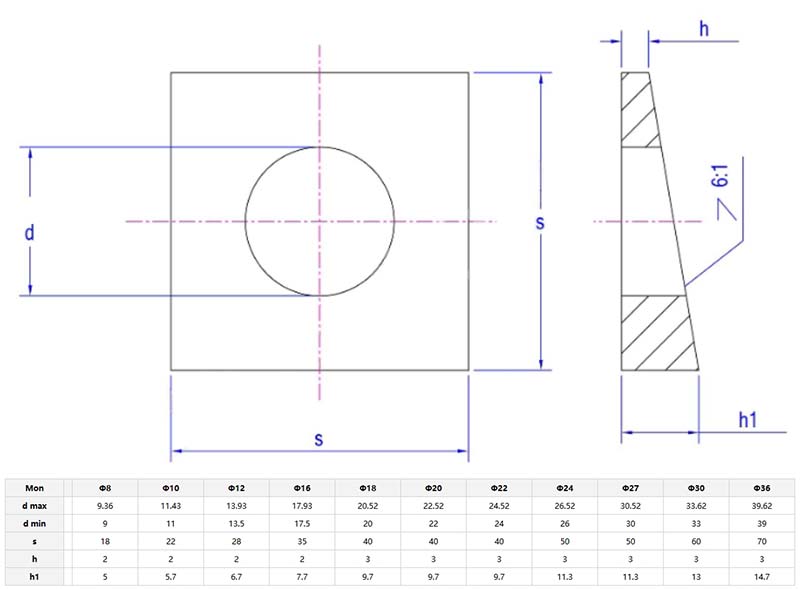
In Electrical Or Marine Applications
Q: Are square angle washer suitable for use in electrical or marine applications?
A: Of course. For use onboard ships or in electrical systems, choose square angle washers made from non-conductive materials such as nylon or corrosion-resistant stainless steel. Nylon or corrosion-resistant stainless steel prevents galvanic corrosion in seawater environments and eliminates the risk of electrical conductivity. Nylon or corrosion-resistant stainless steel square washers are widely used in offshore platforms, shipbuilding, and electrical grounding systems. Optional coatings such as PTFE can further enhance chemical resistance. Meets NACE MR0175 standards for use in harsh marine environments.


